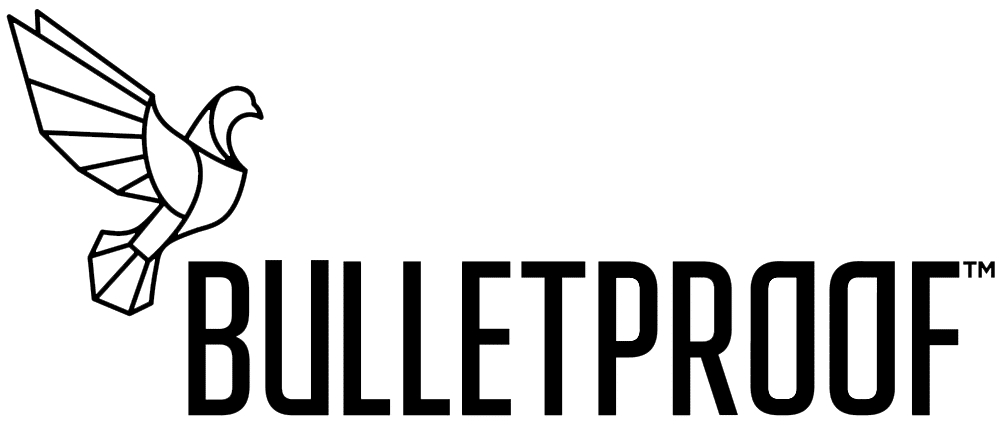Back-to-school supply lists seem to get longer every year, and with prices climbing and schools requesting specific brands or gadgets, the costs can add up fast. But with some careful planning and a few smart shopping moves, you can stretch your budget further without sacrificing the quality or essentials your kids need.

Many families unknowingly overspend
Families often unintentionally overspend on supplies due to hidden costs. Many fall into the trap of branded items with unnecessary, higher price tags compared to generic alternatives. In particular, trendy stationery like designer planners, fancy binders and decorative items can quickly add up, though not providing any additional use relative to generic items.
Mandatory tech gadgets and school-recommended apps create another significant expense. High-end laptops, tablets and graphing calculators, which schools now regularly require, can become a financial burden. Additionally, school-recommended apps with hidden subscription fees or in-app purchases can throw your budget for a loop without warning.
Aside from school supplies, extracurricular gear like sports equipment, musical instruments and specialty art materials are often expensive. Like many others, you can easily mitigate this cost by considering refurbished products and rentals. By being mindful of these hidden charges and making informed choices, families can ensure they get the best value for their money.
Smart shopping strategies
Shopping smart can make a significant difference in your back-to-school budget. Consider buying in bulk and sharing the costs with other parents in your child’s class. Organizing group purchases within your community can lead to lower prices per item because many stores often offer discounts for bulk purchases.
Thinking forward and budget permitting, you can stock up on basic supplies for the next grade level when items are marked down before and during the school year. This approach can help you avoid the rush and higher prices of the following school season while ensuring you get quality items.
Planning with price-matching tools and leveraging reward programs can also ensure you pay the lowest amount for any items you buy. Stores like Walmart, Target and Best Buy often have price-matching policies that promise to beat out competitors’ lower prices. Additionally, signing up for rewards programs at the stores you frequent can yield valuable coupons and discounts. Students also receive unique discounts through platforms like UniDays that can lower costs significantly.
Shopping the sales
Understanding the timelines for school supply sales can help you plan your purchases to maximize your savings. From late June to early July, some retailers begin their initial back-to-school sales with early bird specials and limited-time offers. This is a good time to start buying basic items at reduced prices.
The peak sales period occurs from mid-July to early August when major retailers offer significant discounts. During this time, many states also host tax-free weekends, providing additional savings on school supplies, clothing and sometimes even electronics. From mid-August to early September, most retailers continue to offer clearance prices and discounts on remaining stock. Such last-minute sales can help you find bigger discounts that may not have existed earlier in the season. This is a great time to pick up any last-minute items or stock up for future needs.
Outside of regular retailers, consider seeking out surplus sales at your local universities or community college. These institutions sometimes sell surplus items, like electronics and office supplies, at low prices. More information about these sales can be found on the institutions’ websites or by contacting their facilities departments.
Leveraging community resources
Looking into resources from other parents or community groups can really help take some stress off your school-supply budget. Local “buy-nothing” or swap groups on Facebook or Nextdoor are incredibly useful — just type your neighborhood name along with “buy-nothing” or “swap group,” and you’ll usually find gently-used backpacks, lunchboxes, calculators, and art supplies for free. It’s an easy way to avoid spending extra money and help reduce waste at the same time.
You can also check with local community foundations or charities; many have grants or scholarships set aside specifically for school supplies or related expenses. It’s worth asking your employer, too — some companies partner with retailers or offer small discounts that can make a difference. And don’t forget your local library: they often have textbooks, educational software, and even free tutoring available.
Finally, keep an eye on thrift stores, yard sales, or online marketplaces like Facebook Marketplace. Parents regularly list lightly-used backpacks, notebooks, electronics, and other essentials for far less than retail prices.
Crafty school supplies solutions
Creative alternatives and do-it-yourself crafts can offer substantial savings while allowing you to add unique touches to your child’s supplies. Personalized notebooks, backpacks, pencil cases and other items can be upcycled with dollar store craft supplies like stickers, badges, pins and fabric paint.
You can also repurpose household items into school supplies by transforming cereal boxes into decorative magazine holders or old t-shirts into reusable lunch bags. This can offer a great opportunity to bond with your child while helping them create their ideal supplies.
Homemade snacks are another great way to save money and ensure healthy options for your child’s lunchbox. Grocery store favorites like Cheez-Its are easy to recreate and taste delicious. Not only can you adjust the ingredients to make them healthier, but you can also cater to your child’s appetite. Bringing your child into the cooking process is also a great opportunity to teach them valuable cooking skills and nutritional knowledge.
Get in kids, we’re going shopping
By approaching back-to-school shopping with a strategic mindset, you can manage your budget effectively and reduce your expenses. Implementing these tricks will help you save money and ensure your children are equipped with quality supplies. Remember, with a bit of planning and resourcefulness, you can navigate the back-to-school season without breaking the bank.
📚 More cooking and lifestyle resources
Portions of this article originally appeared on Food Drink Life.




























Leave a Reply